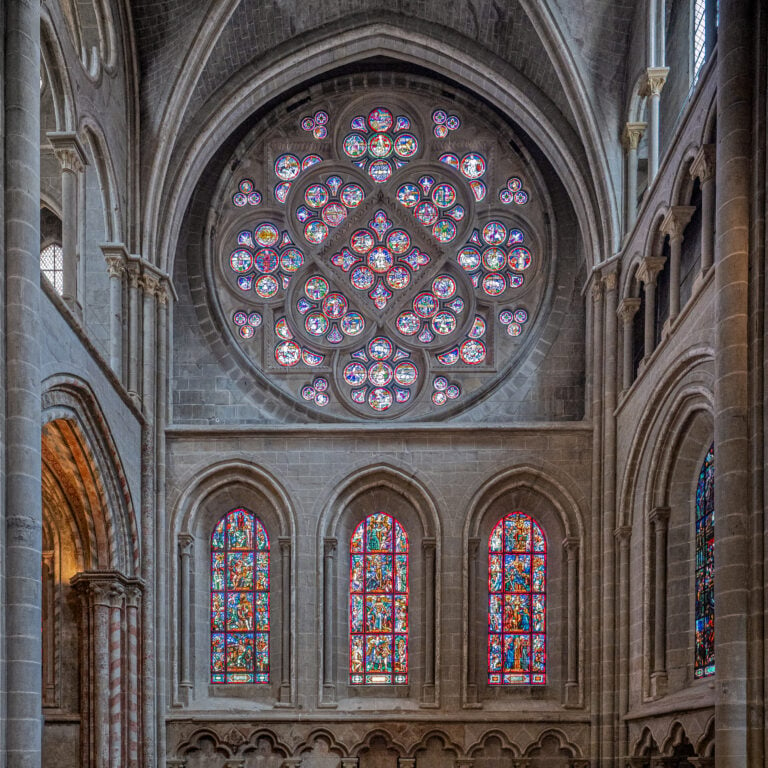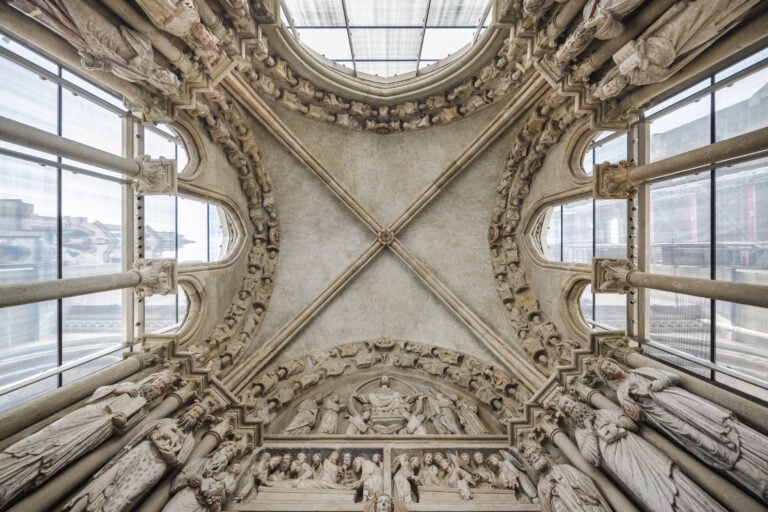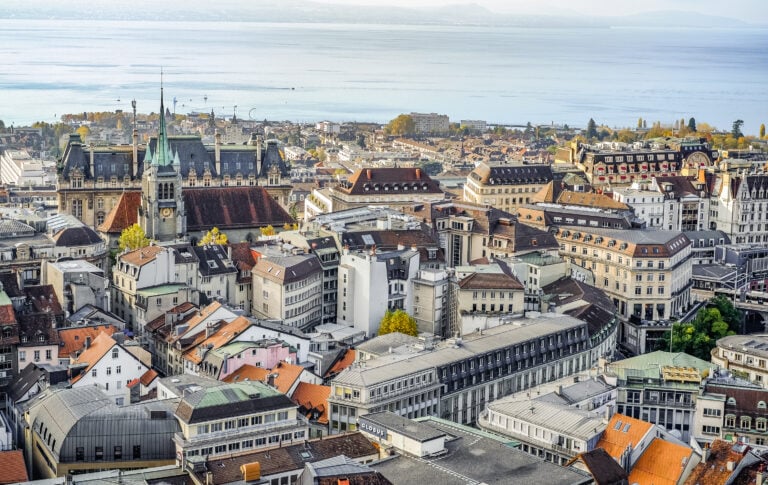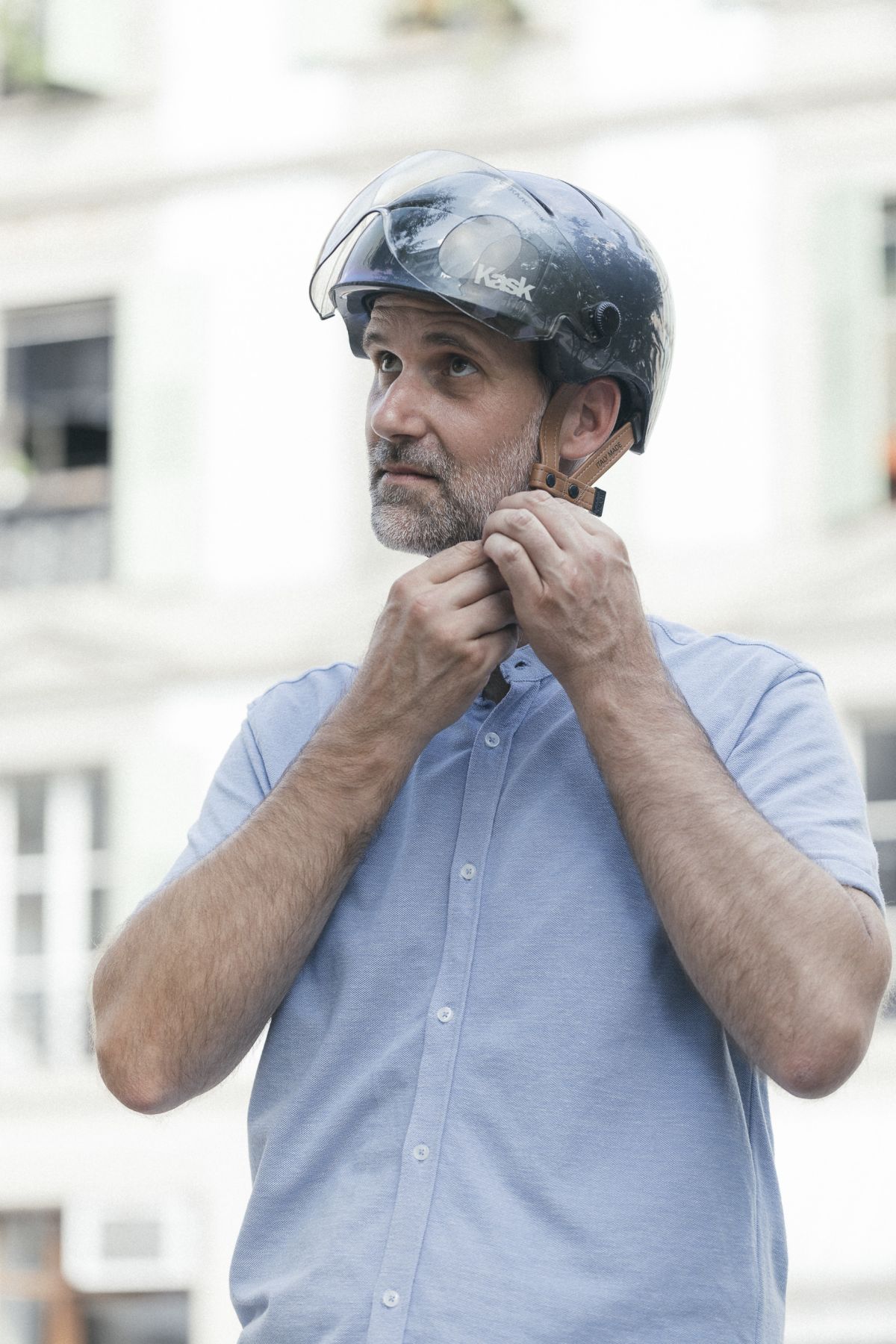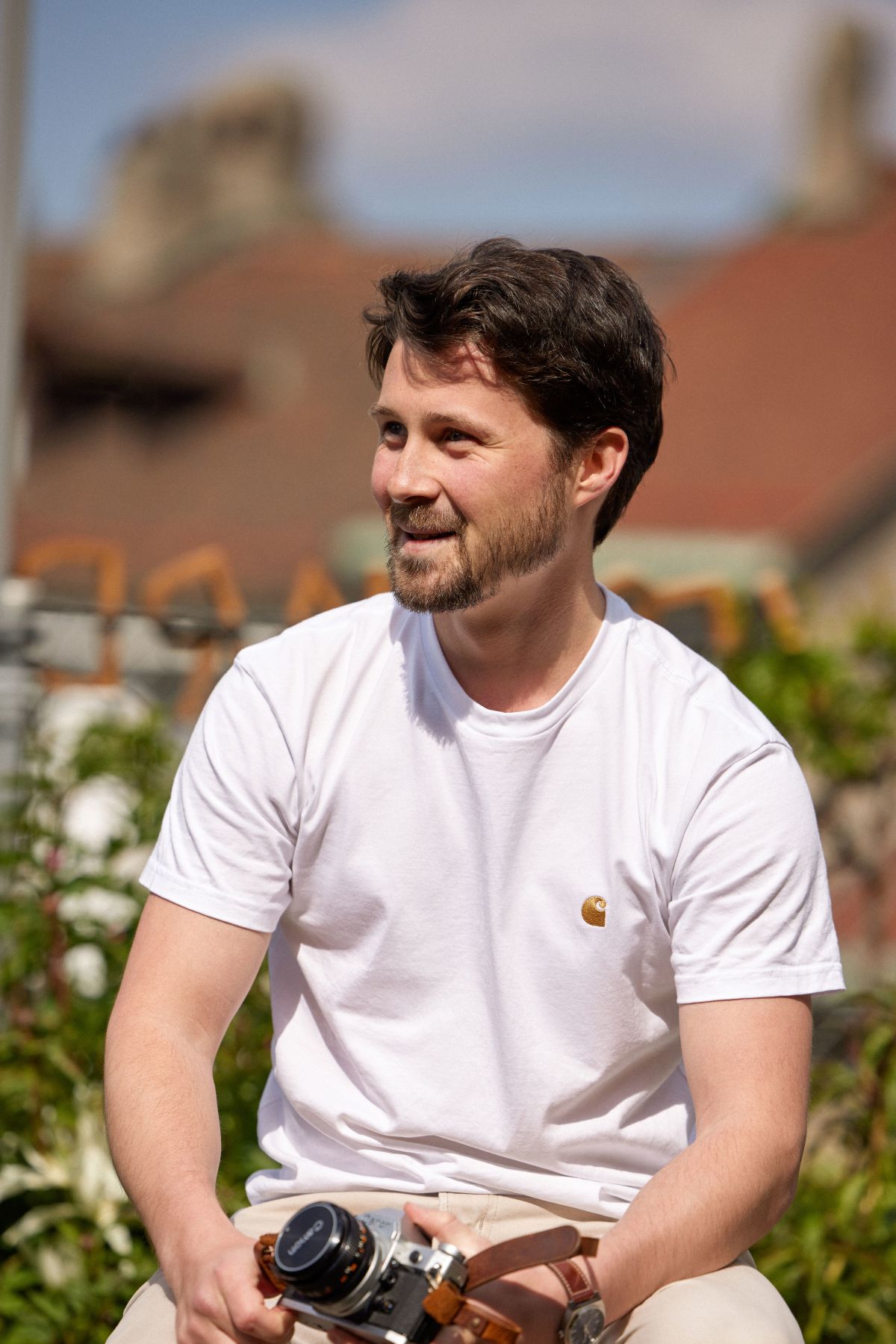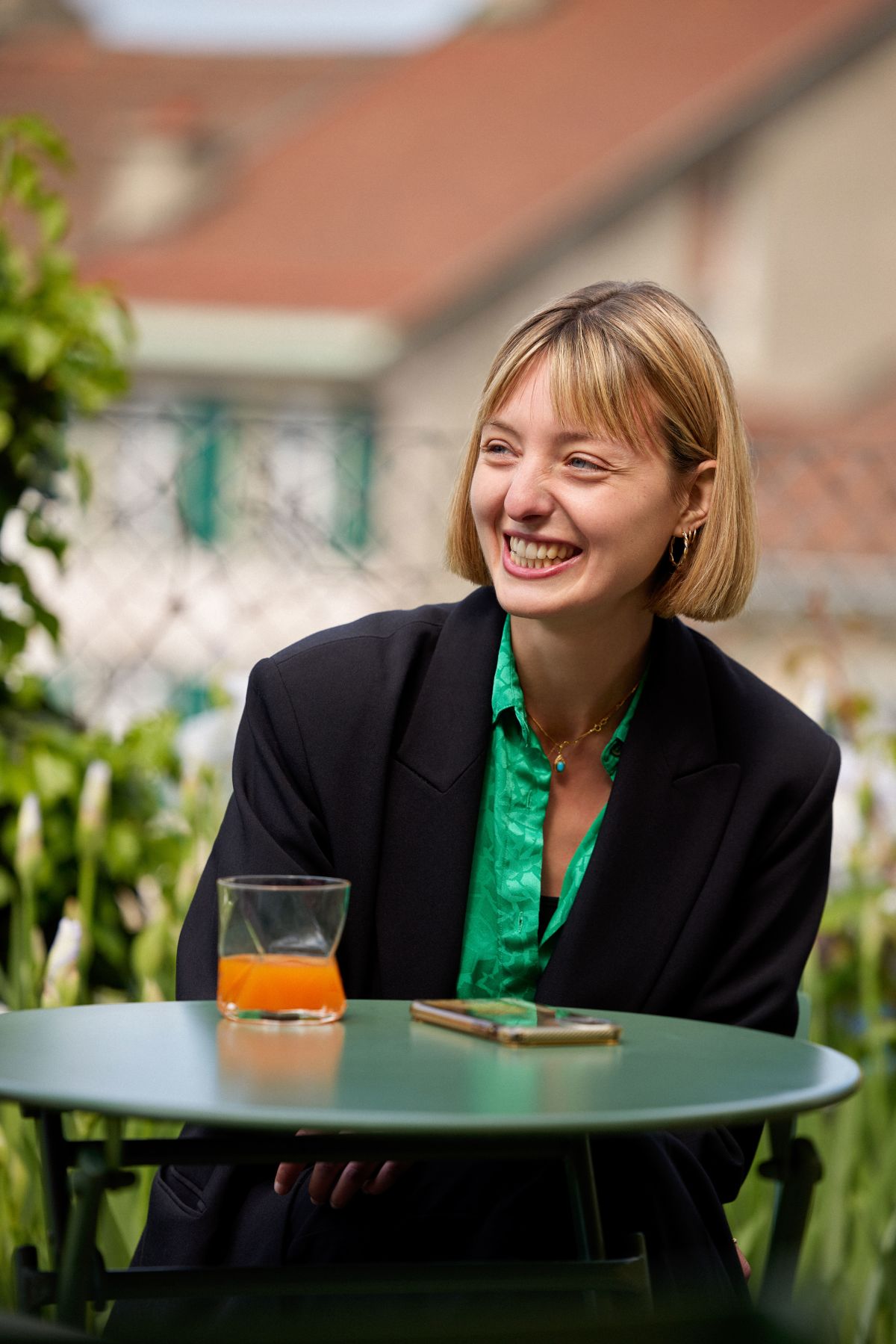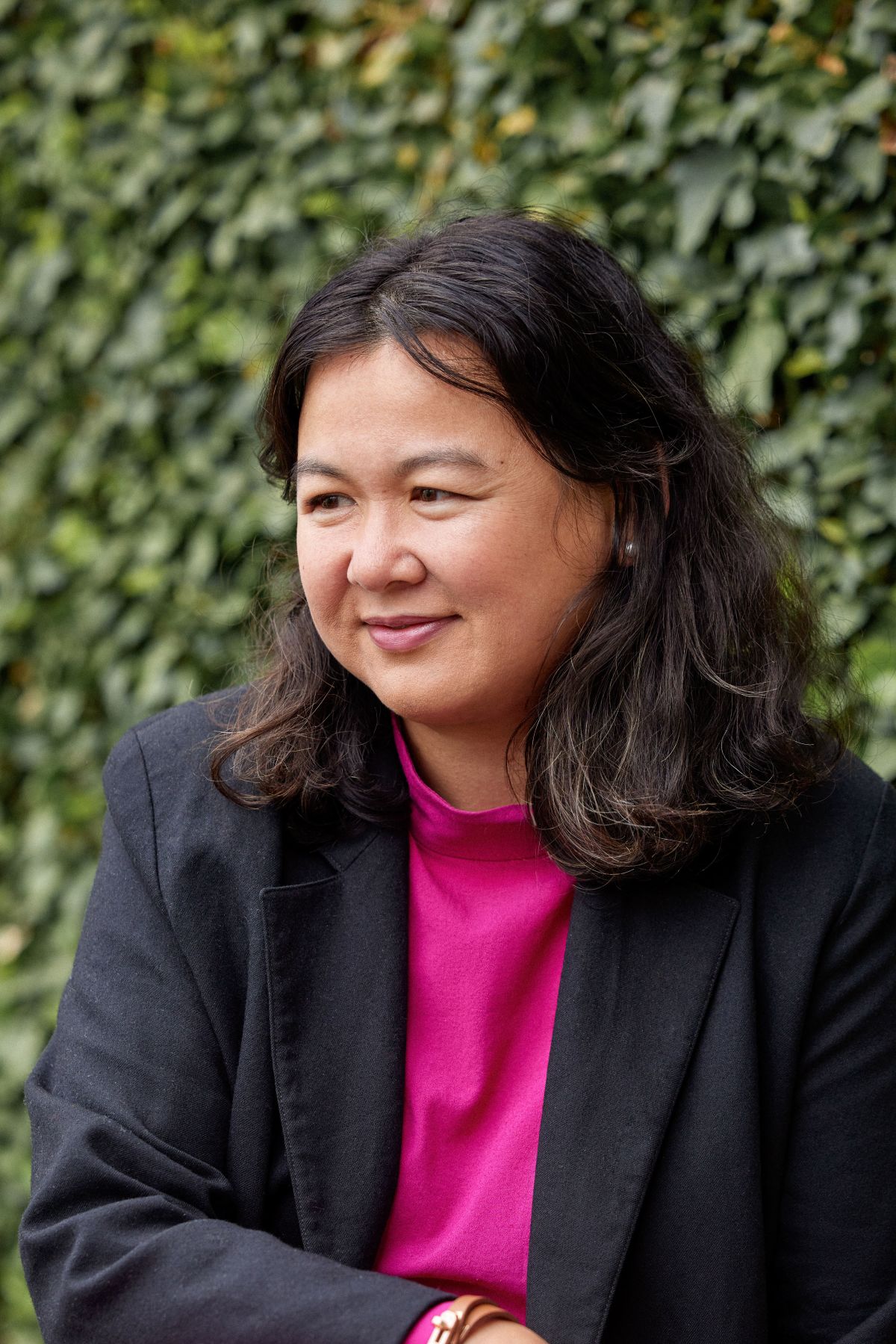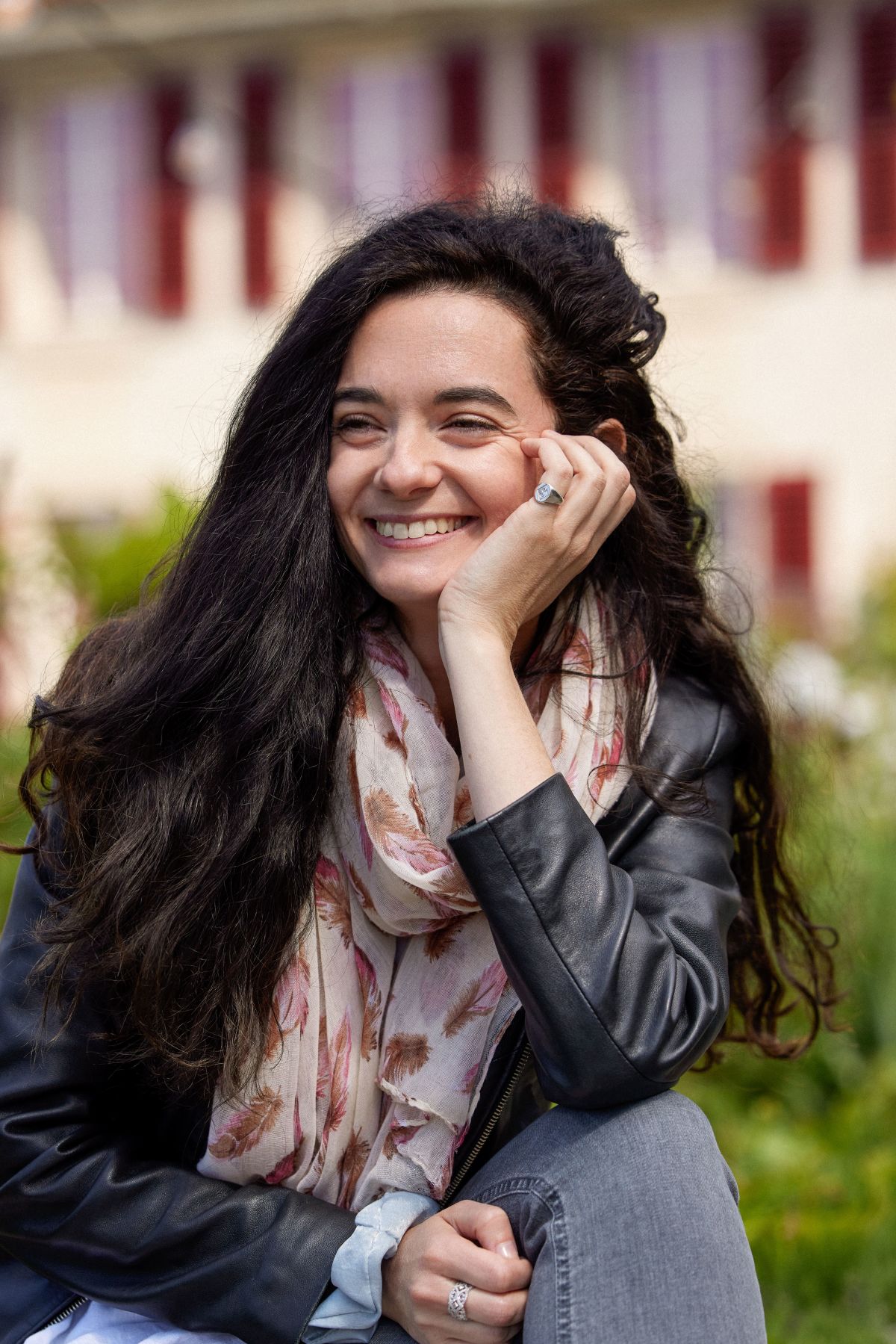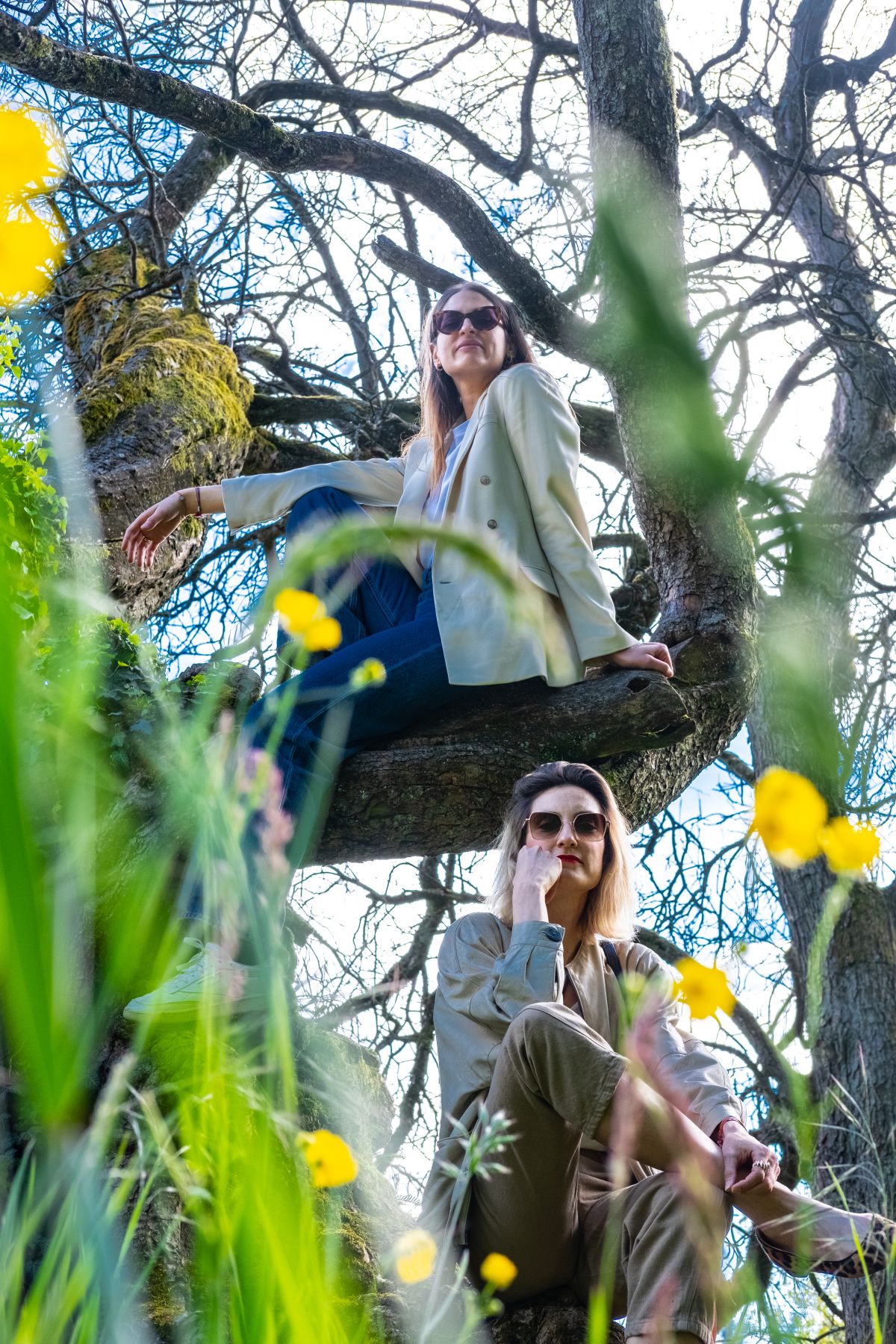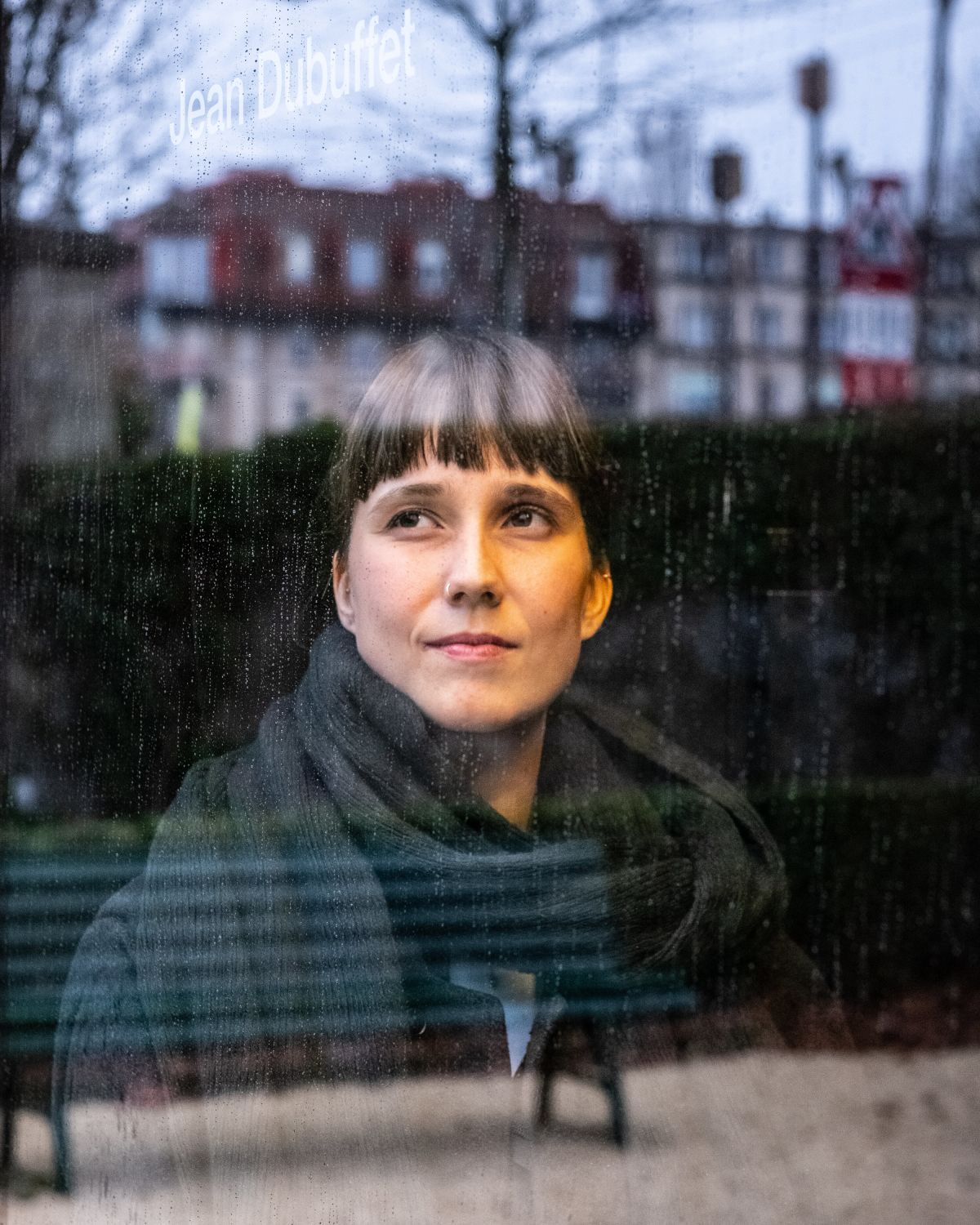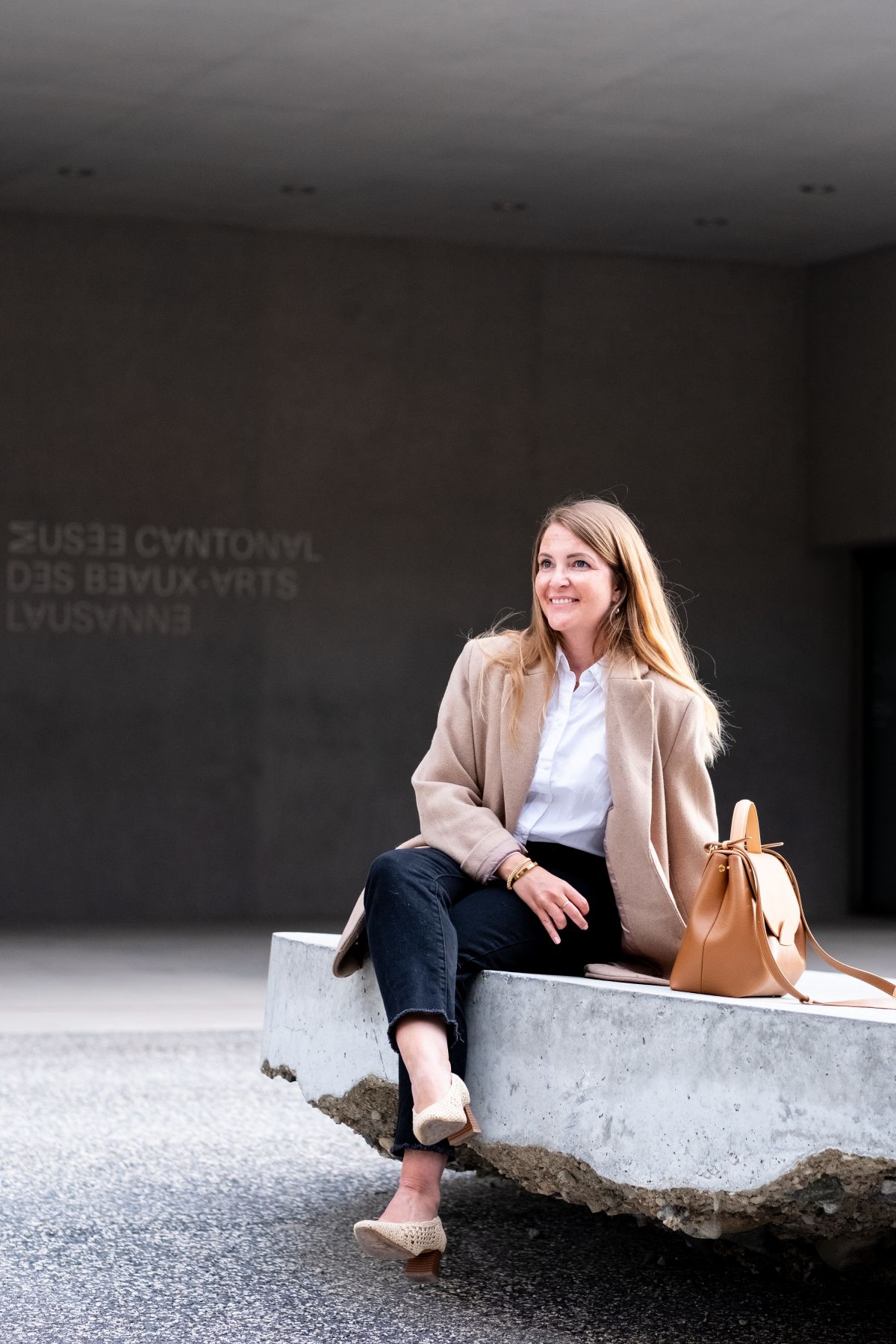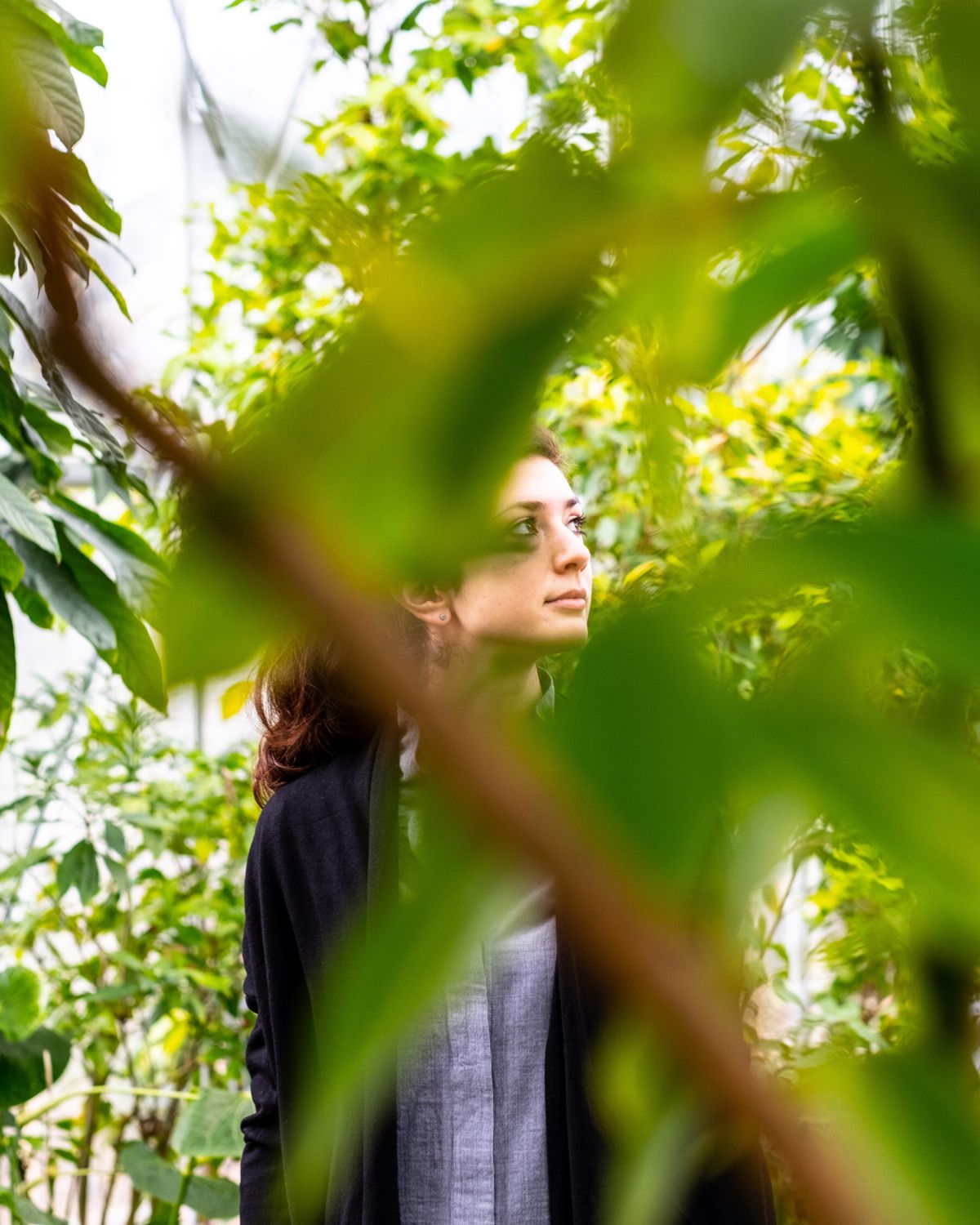Lausanne Cathedral, with its eight centuries of existence, is much more than a masterpiece of Gothic architecture. Its sculptures and colourful stained-glass windows reveal the cultural and architectural evolutions that have shaped the city, offering a fascinating dialogue between the past and the present.
History and architecture
The building of this iconic edifice began in 1170, during the episcopate of Landry de Durnes, and lasted about 70 years. The Cathedral was consecrated three decades later, in 1275, in the presence of Pope Gregory X and Emperor Rudolf I of Habsburg, which highlighted its spiritual and political importance in the region.
Lausanne Cathedral saw a major turning point in 1536, when the Bernese troops invaded Vaud and imposed the Protestant reformation. The Cathedral then became a Protestant church, which led to important architectural and symbolic modifications. To remain true to reformed principles and the plainness they advocated, the relics, altars, statues and some mural paintings were removed, while the colours of the painted portal were hidden.
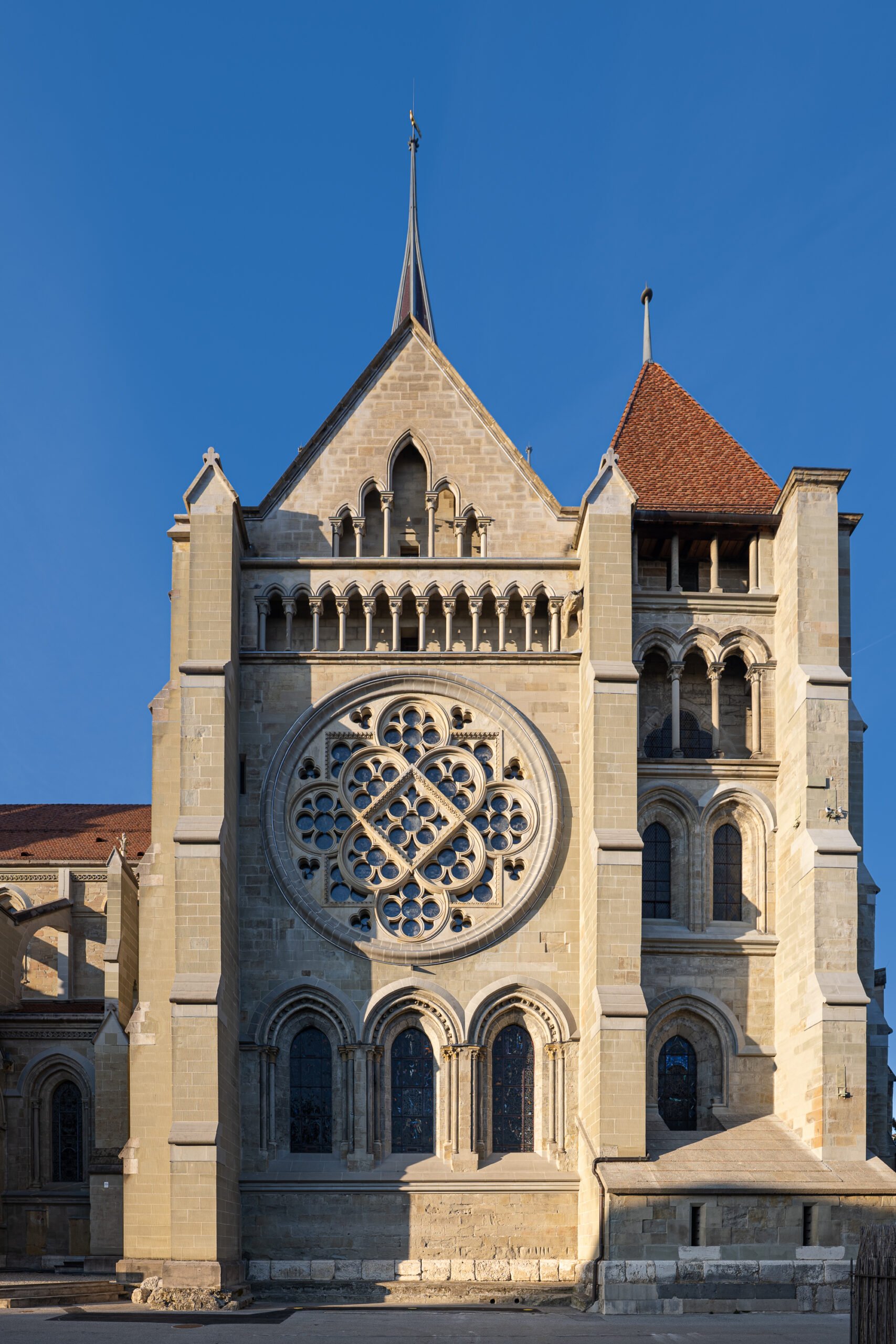
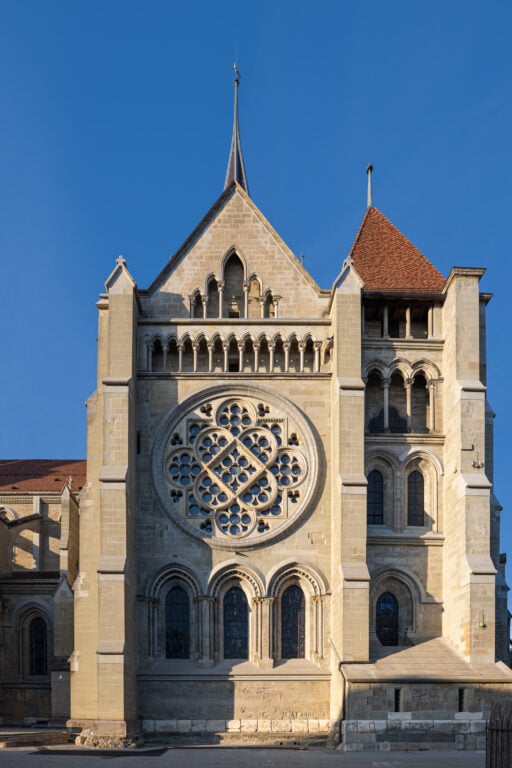
During the 19th century, to remedy the damage accumulated over the centuries, the Cathedral was subjected to an extensive restoration programme that aimed to restore the Gothic splendour of the edifice. In 1873, supervision of the works was entrusted to French architect Eugène Viollet-le-Duc, famous for his restorations of medieval monuments, particularly Notre-Dame de Paris. Faithfull to his conception of an “ideal cathedral”, he undertook to reconstruct the original gothic shapes while adding elements inspired by his own style. He endowed the Cathedral with its current spire that culminates at 80 metres.
Visit
As soon as you arrive, you can spot on the hill of the Cité the majestic silhouette of the Cathedral, with its distinctive two towers. The belfry, which houses the bells, plays a unique role to this day: every night, from 10 pm to 2 am, the Cathedral watch calls out the time, perpetuating a tradition that dates back to 1405. Faithful to the past while adapting to the modern era, the team of watches welcomed its first female member in 2021, thus adding a new chapter to a long history.
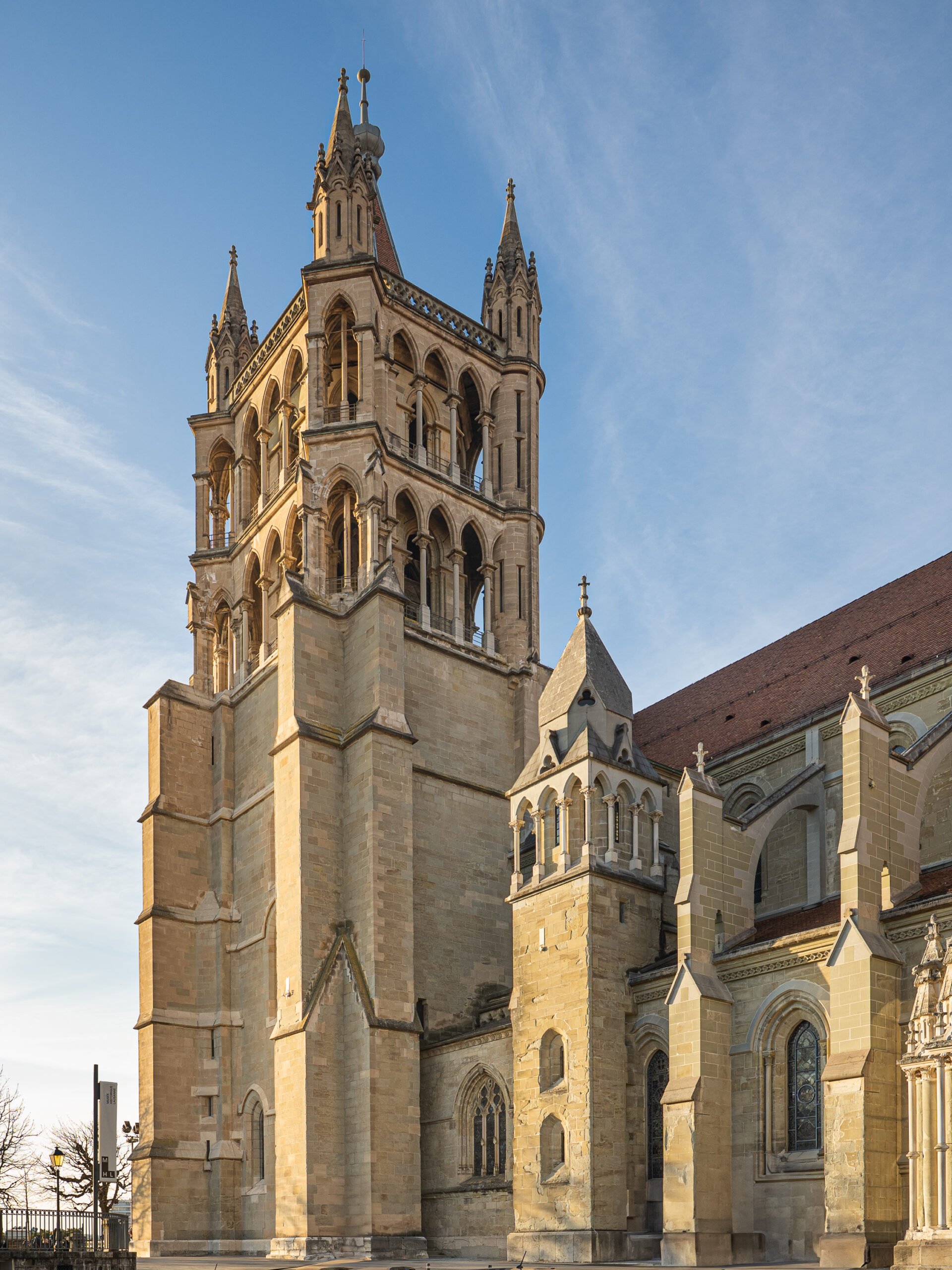
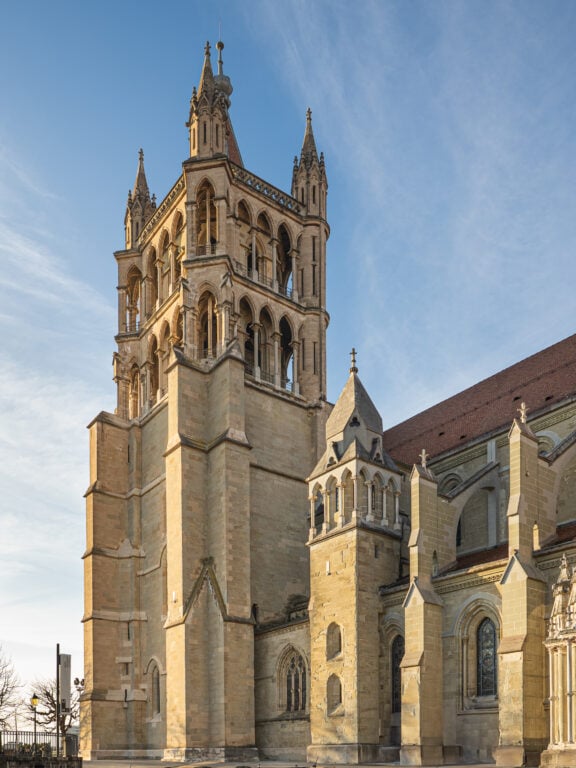
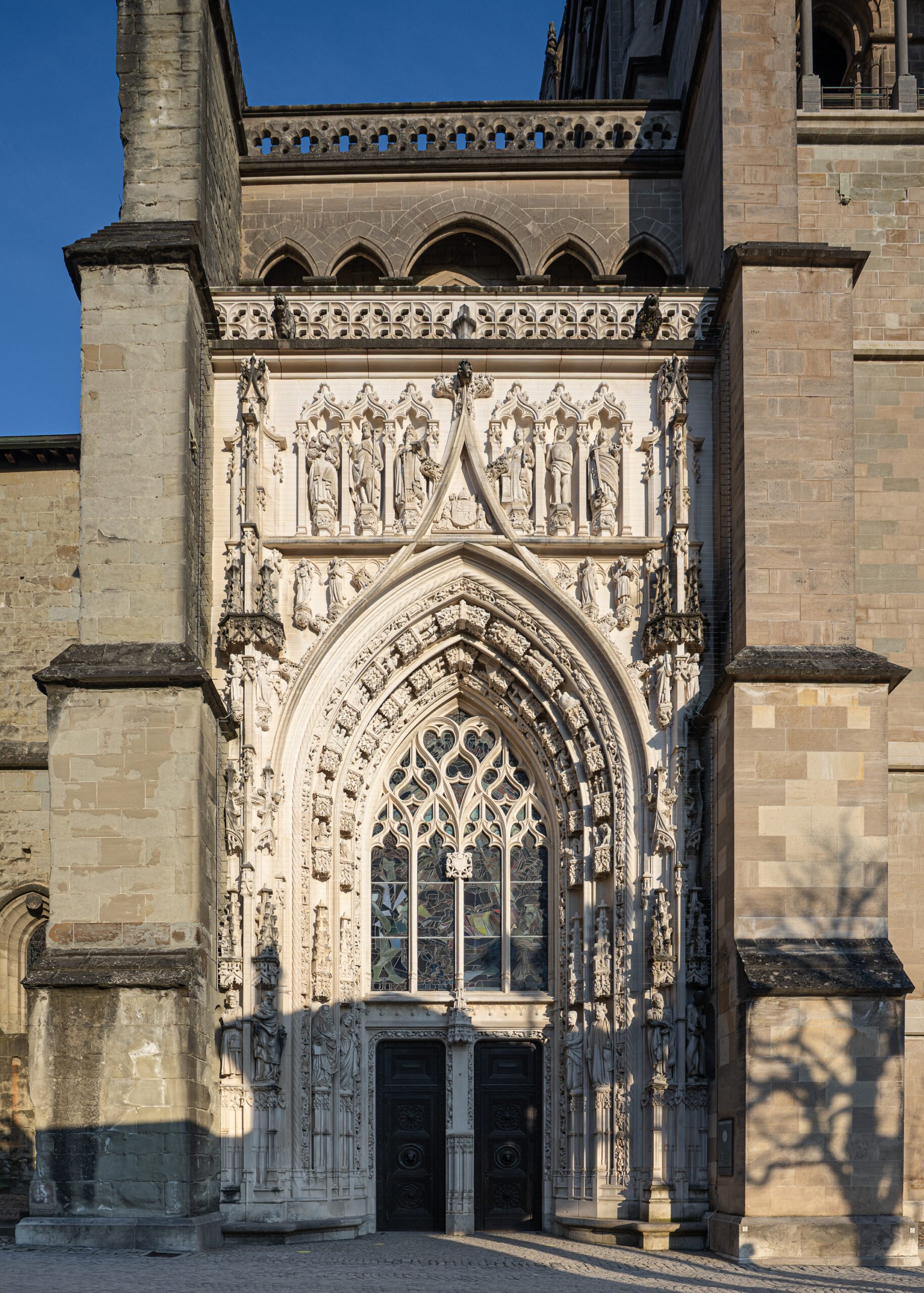
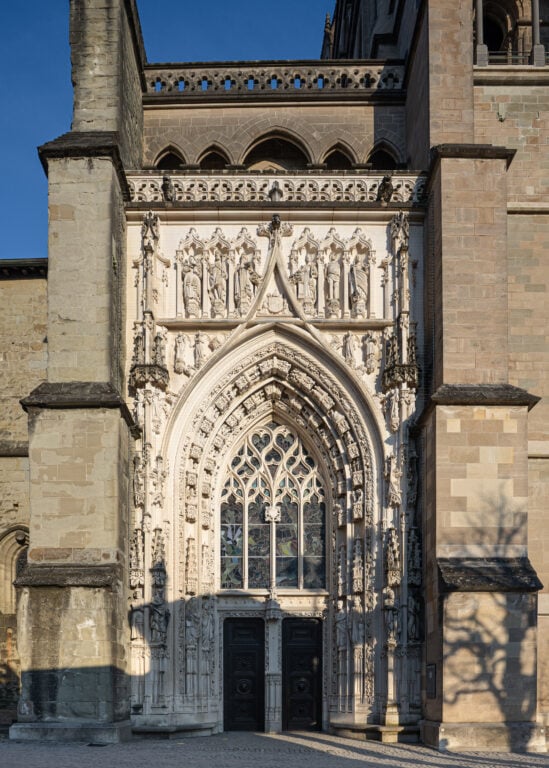
Today, the main entrance is the Montfalcon portal on the western façade. Its current appearance results from a reconstruction undertaken between 1892 and 1909 by sculptor Raphaël Lugeon. This neo-Gothic portal, adorned with fine sculptures, pays homage to the medieval style while reflecting the artistic sensitivities of the end of the 19th century.
When you enter the Cathedral, you’ll be struck by the scale of the volumes and the light that bathes the inside of the edifice.
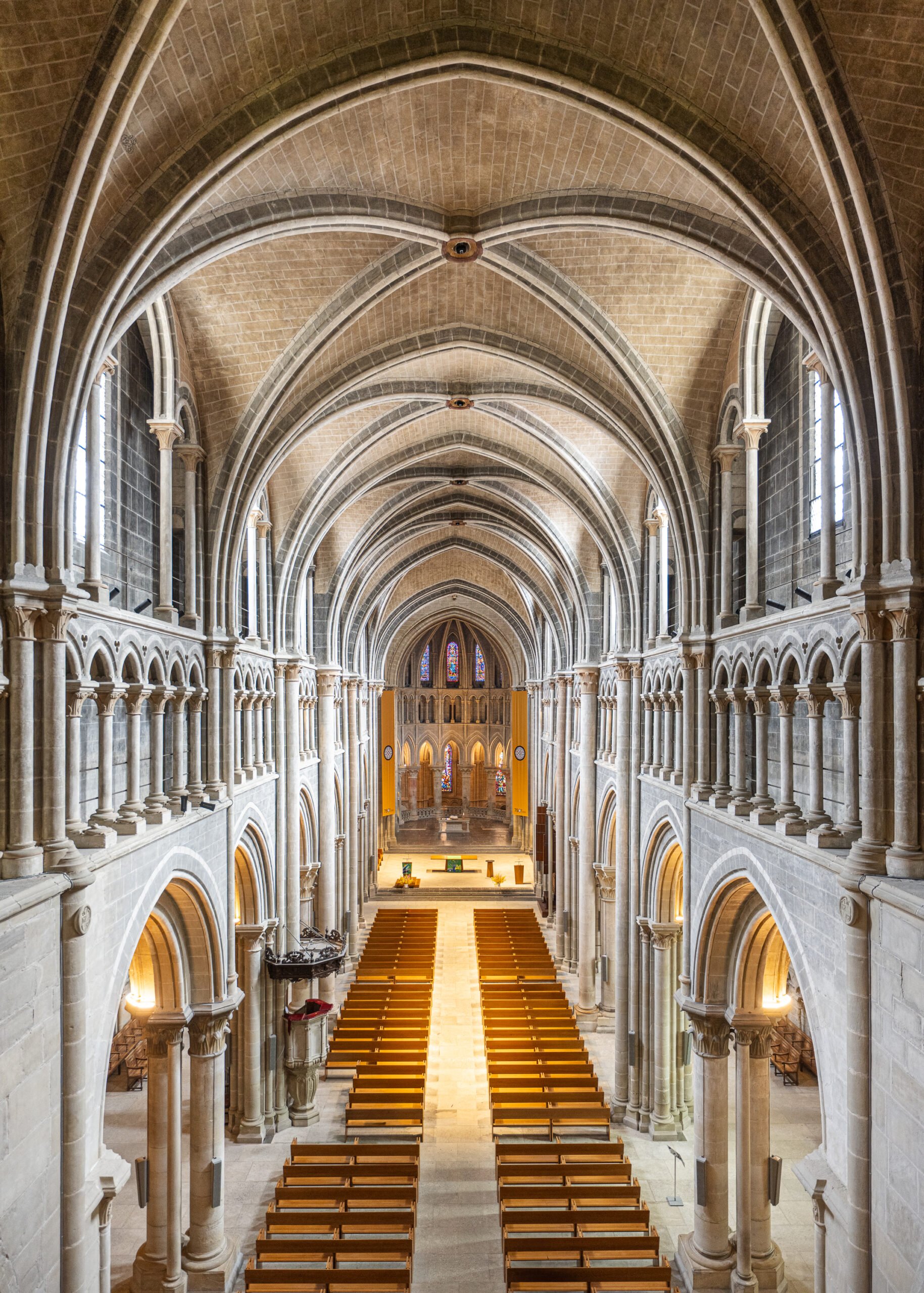
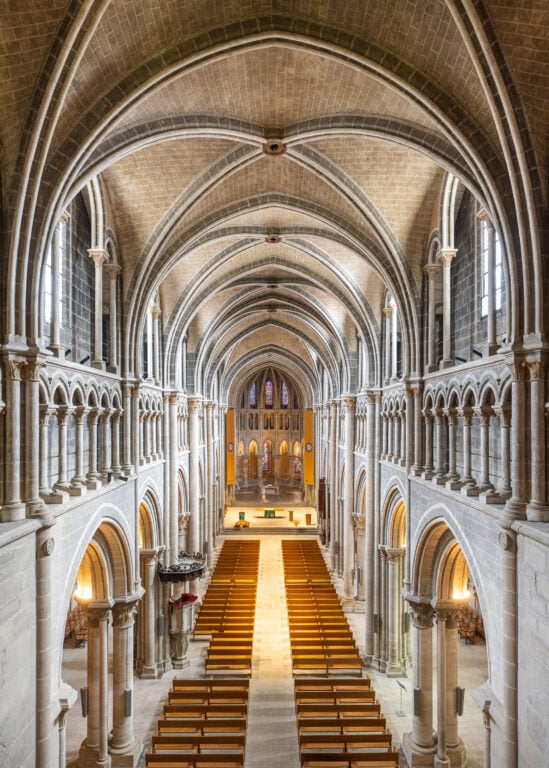
Among the jewels inside the edifice, the medieval stained-glass windows take centre stage. Don’t miss the famous Lausanne Rose in the south transept. Created in the years 1220-1230, this rose window of impressive dimensions (8 metres in diameter) is attributed to Pierre d’Arras, a glass master and artist from France. Its rich iconography represents the medieval cosmos.
Another key feature is the painted portal, which was the main entrance until 1536. Built during the 13th century, it stands out mainly due to its polychrome sculptures. However, after the 1536 Reformation, these were covered with crude grey paint. This exceptional portal was restored during the 20th century and is now protected by glass screens to ensure it is preserved from the elements
Climbing the 224 steps to the tower is definitely worth the effort. At the top, an outside platform offers a breathtaking circular panorama. On clear days, you can admire Lake Geneva and the French Alps to the south, the Vaud Alpine foothills to the east and the Jura mountains to the west. Every time we welcome visitors, it’s a must-see attraction that enables them to discover Lausanne under a different angle!
The Great Organ
The Great Organ of Lausanne Cathedral is an exceptional instrument, owing as much to its innovative conception as to its incomparable sound quality. Developed under the direction of Jean-Christophe Geiser, the resident organist of the Cathedral, the instrument was inaugurated in 2003. The result of a collaboration between organ builder Fisk and designer Giorgetto Giugiaro, it’s the first organ in the world to bear the signature of a designer. The organ is distinguished by its impressive dimensions: the largest musical instrument in Switzerland weighs 40 tons, consists of more than 7,000 pipes, possesses two consoles and is the first organ to contain all four principal styles of organ building – classical and French symphonic, as well German baroque and romantic.
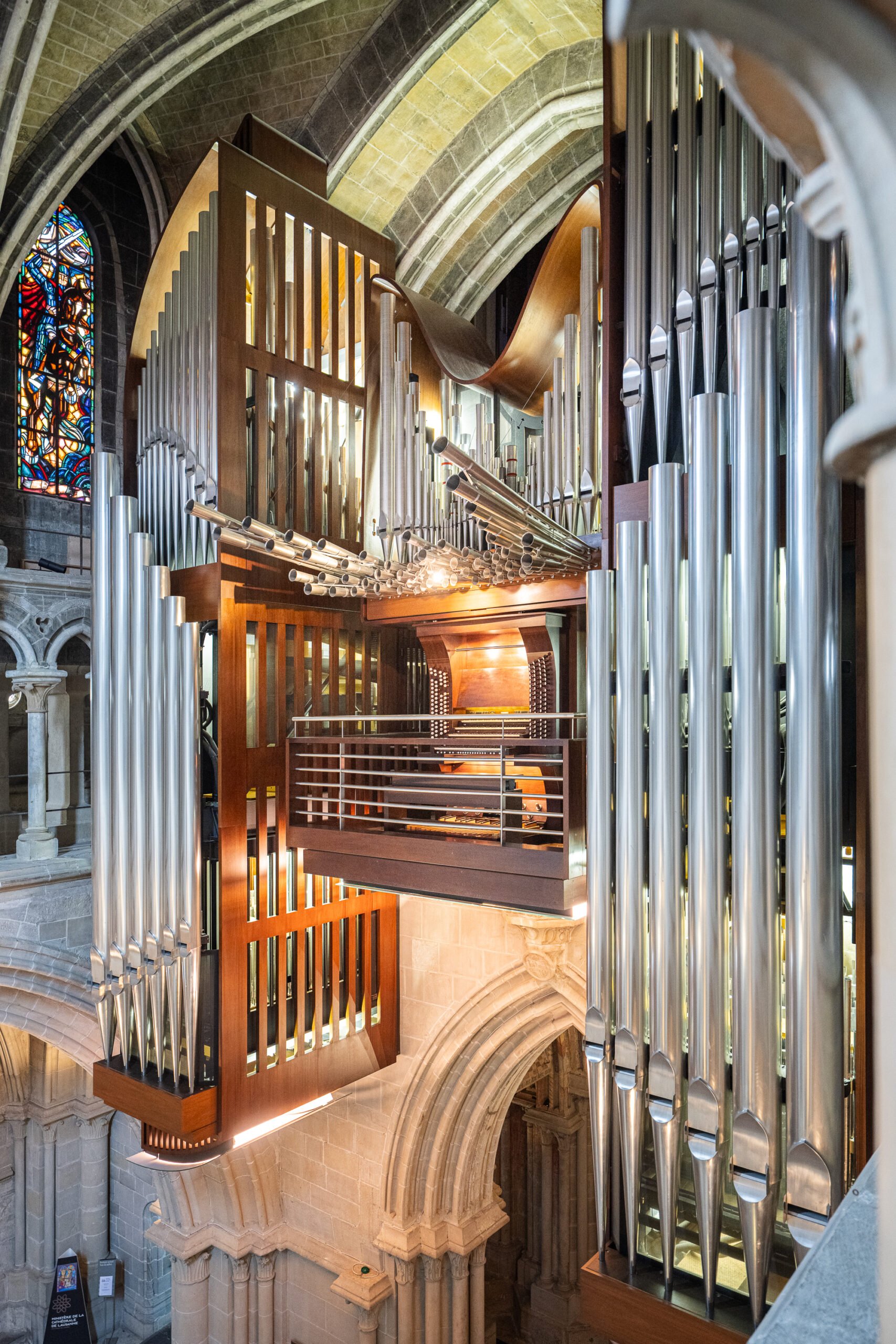
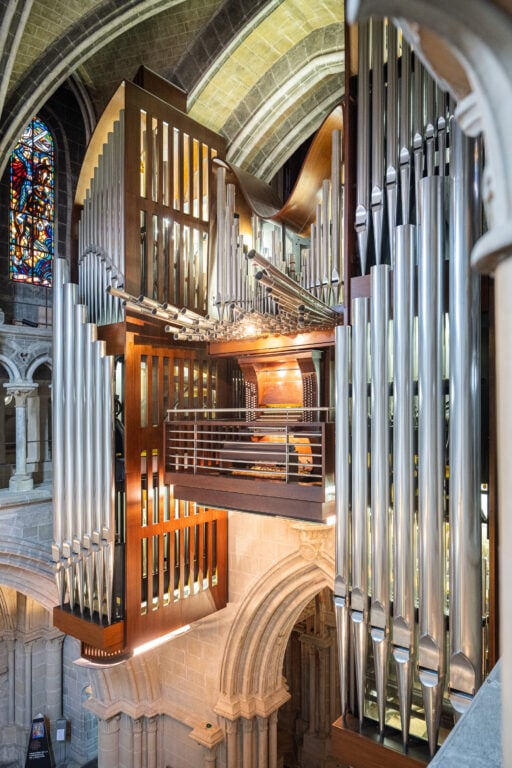
Its two consoles enable the organist to play either from the balcony or in the nave of the Cathedral, closer to the public. To improve yet further visitors’ experience, reversible benches were installed in the nave in 2022. Developed by the Laboratory for Timber Constructions IBOIS of the Lausanne Federal Institute of Technology (EPFL) and produced from local wood, they allow spectators to sit facing the altar during services or facing the organ during concerts, with a commanding view of the instrument and the organist.
We truly love to attend organ concerts at the Cathedral, as this direct view of the organist enables us to understand how the instrument works: we can see the stop knobs changing the sonorities or observe the expression pedal in action, opening and closing the adjustable louvres and modulating the sound intensity.
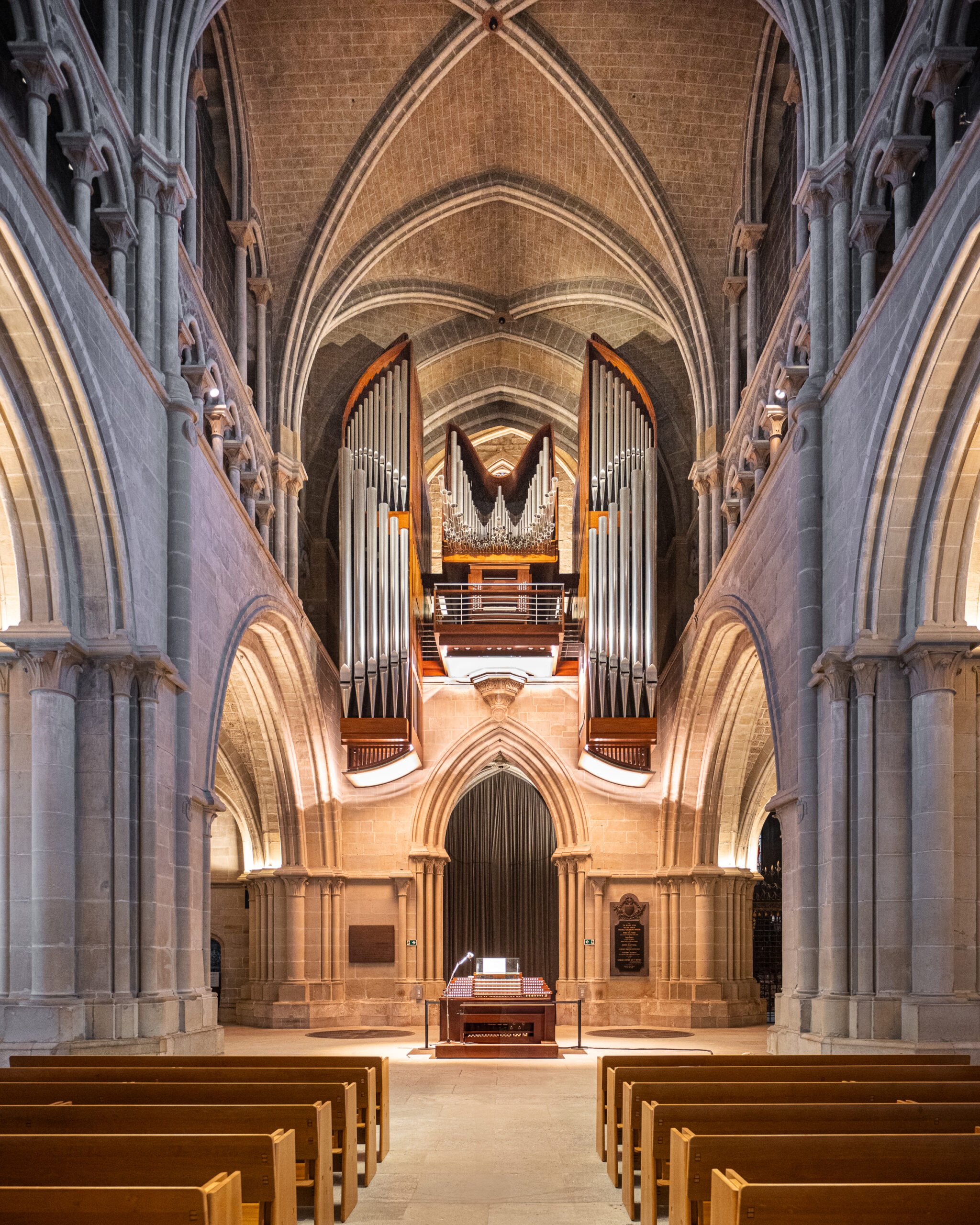
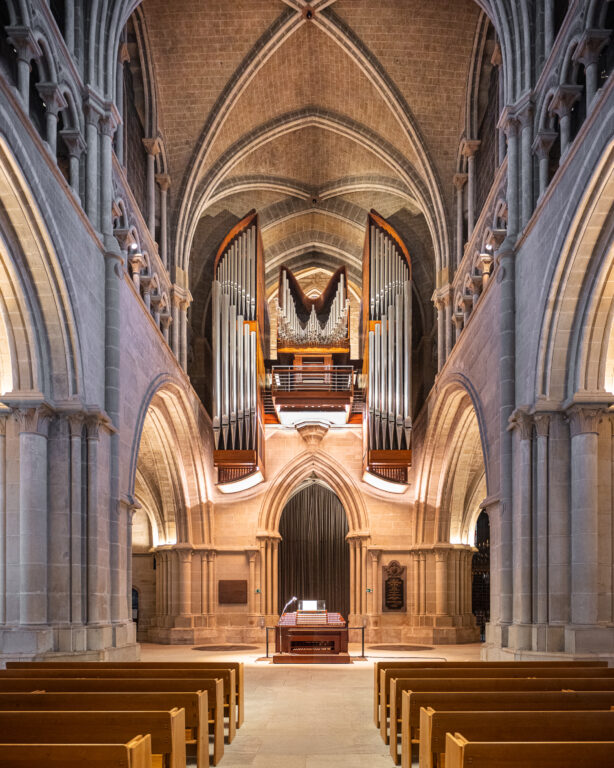
750th anniversary celebrations and events
To mark the 750th anniversary of the Cathedral, a rich programme is offered during the whole of 2025, including exhibitions, novel guided tours and concerts. You can consult the full programme on their Website.
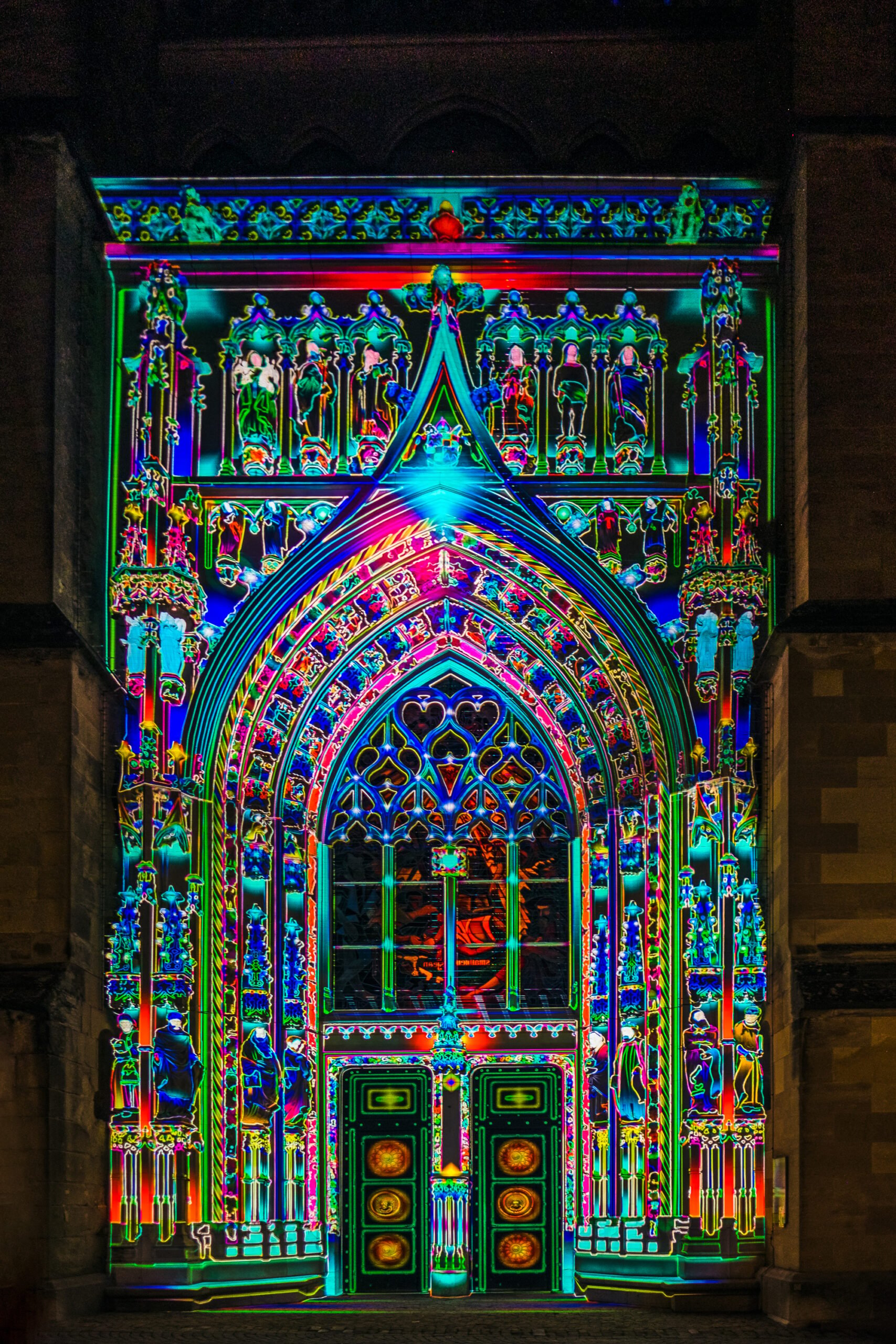
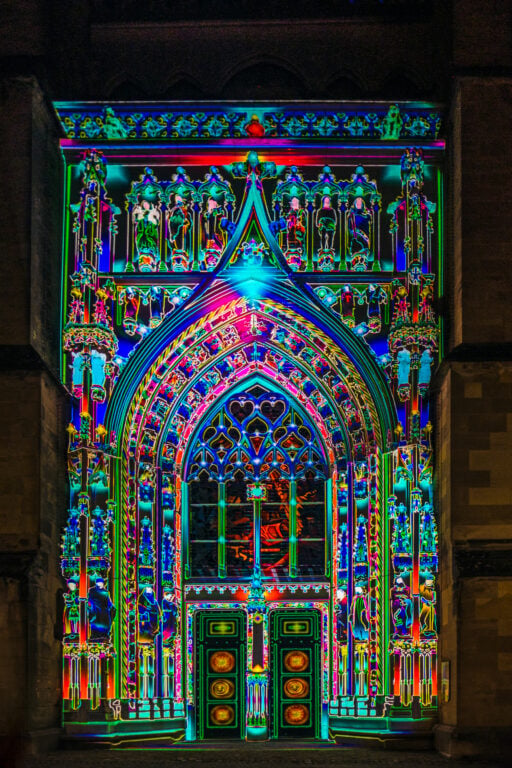
So much more than just a monument
Much more than a simple historic monument, Lausanne Cathedral remains a vibrant place in the heart of the city. What with the services, the centuries-old tradition of the watch and cultural events such as Lausanne Lumières, its heritage continues to resonate in the modern era.






